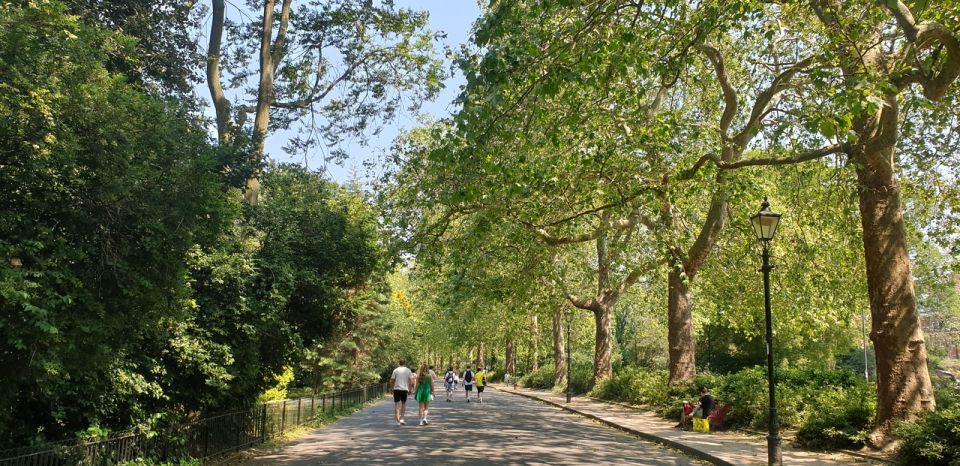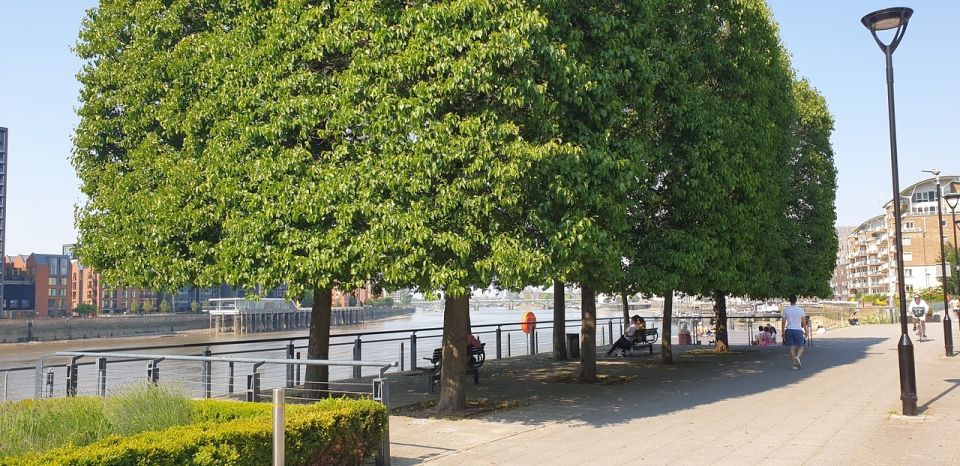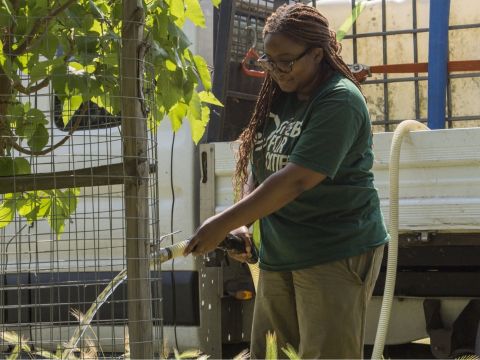How urban trees turn down the heat

Spring 2025 has broken historical climate records as the warmest and sunniest spring across the UK. In fact, it was the fourth sunniest season since records began, with only three summers sunnier since 1910.
As unprecedented and unbearable heatwaves become the new normal, soaring temperatures are exacerbated in cities due to the urban heat island effect.
What's an Urban Heat Island?
Cities are classified as urban heat islands due to their relative warmth compared to rural areas, fuelled by human activities such as transport emissions and concrete surfaces that absorb heat.
70%
of global CO2 emissions are accounted for by cities according to the United Nations Framework Convention on Climate Change
The vast majority of us live in towns and cities: over 80% and rising in the UK. With more of us moving to metropolitan areas, increased temperatures are only set to intensify. The urban heat island effect also contributes to poorer air quality, as well as a rise in heat-related illnesses. So, what can help us manage our safety in cities? Trees are an important part of the solution.
Nature's Air Conditioning Machines
Trees work wonders by reducing temperatures on hot days. Heat maps show that across 5 major English cities, areas with more trees and green spaces are up to 5 degrees cooler. The Food and Agriculture Organisation of the United Nations states that strategically planted urban trees can cool the air up to 8 degrees.

One of the most tangible benefits of trees is around reducing urban heat by between 5 and 8 degrees. It doesn't sound like a lot on its own—but this makes a huge difference to thermal comfort and can also reduce the heat pressure on buildings—the impact of very intense heat.
Suzanne Simmons, Urban Forest Director at Trees for Cities
Protecting young trees
With extreme weather becoming more common, it's harder than ever for trees to take root. Your support today can help give our young trees the vital care they need to beat the heat for a greener future.
Help us Beat the HeatTrees for Cities told Sky News that we need to shift our focus and funding towards greening urban areas, where the urban heat island effect comes into play:
Protecting trees for future generations
At Trees for Cities, we know that it’s just as critical to care for urban trees as it is to plant them. It can take between 25 and 50 years for a tree to reach the right level of maturity to unlock all of its benefits, so watering and tending to growing trees will get them on the right track to give back. During heatwaves, it's especially vital to water urban trees to make up for this short supply. Did you know you can play your part too?
50 litres
of water is the recommended amount of weekly water to give a tree for its first three years during the summer
You can help plant and protect more trees
To date, Trees for Cities have planted over 1.8 million trees, with the help of our incredible supporters. Despite this astonishing effort, The Climate Change Committee state the UK as a whole needs to double its rate of hectare coverage to meet our net zero targets, in response to a recent report by the Forestry Commission.
Help us plant urban trees for all, by all, and have a local impact on a national and global scale. Your support is invaluable in connecting communities to nature and makes our towns and cities greener, healthier and happier places to live.
Stay informed
Get your monthly dose of tree news by signing up to our newsletter, Tree Times, and stay up-to-date with our events and opportunities.
Donate to Trees for Cities and together we can help cities grow into greener, cleaner and healthier places for people to live and work worldwide.
Donate